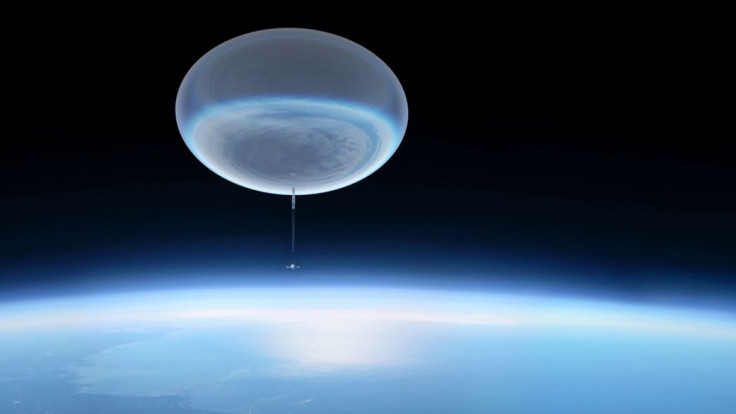NASA To Use Stadium-Sized Balloon To Study The Universe

KEY POINTS
- NASA plans to launch a telescope into the stratosphere using a balloon
- ASTHROS will observe light wavelengths that are not blocked by Earth's atmosphere
- Balloon missions are more time and cost efficient than space-based ones
NASA is preparing to launch a new mission that involves studying the universe through a powerful telescope. However, instead of sending the telescope into space, it will hover in the stratosphere using a massive balloon.
Dubbed as the Astrophysics Stratospheric Telescope for High Spectral Resolution Observations at Submillimeter-wavelengths (ASTHROS), the mission involves flying a telescope at high altitudes.
According to NASA, the ASTHROS telescope is designed to observe far-infrared light, which is longer than the light visible to humans. In order to take advantage of this feature, the telescope needs to fly at an altitude where it will be able to observe light wavelengths without being blocked by Earth’s atmosphere.
To accomplish this, ASTHROS will fly at an altitude of 130,000 feet or 24.6 miles, which is about four times the usual altitude of commercial airliners. Although the ASTHROS will be flying at an extremely high altitude, it will be situated about 62 miles below the boundary of space.
The ASTHROS telescope, which measures about 8.4 feet long, will be carried by a massive balloon that’s as big as a football stadium. According to NASA, it decided to go with a balloon-based mission due to the number of advantages it has over a space-based telescope project.
As noted by the agency, launching a telescope into the stratosphere using a balloon is much cheaper than sending one into space. Aside from its low cost, it takes a shorter time to plan and develop balloon missions than space-based ones.
These factors enable the mission to take higher risks, which can open up new possibilities for NASA in the field of future projects using balloons.
“Balloon missions like ASTHROS are higher-risk than space missions but yield high-rewards at modest cost,” Jose Siles of NASA’s Jet Propulsion Laboratory and project manager for ASTHROS explained.
“With ASTHROS, we're aiming to do astrophysics observations that have never been attempted before. The mission will pave the way for future space missions by testing new technologies and providing training for the next generation of engineers and scientists,” he added.
If all goes well for NASA, the agency will be able to launch the ASTHROS mission sometime in December 2023.
© Copyright IBTimes 2025. All rights reserved.




















